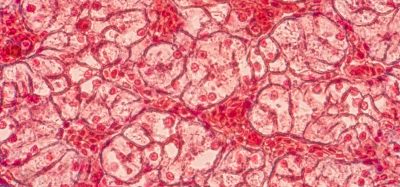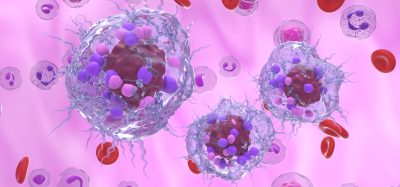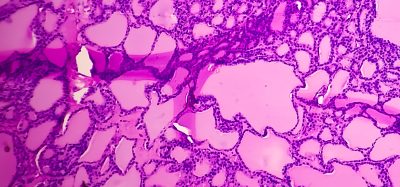Multifaceted flu vaccine demonstrates wider protection
Posted: 2 February 2022 | Mandy Parrett (Drug Target Review) | No comments yet
Scientists at Georgia State University have developed an intranasal influenza vaccine using a new combination of nanoparticles for improved defence against flu strains.


Seasonal nasal flu vaccines are currently available and afford a certain level of protection against the stalwart strains for several months of the year, but require regular re-administration. Now, scientists in Atlanta have bolstered the effectiveness of the intranasal approach by inciting multifaceted immune responses that afford more robust cross protection against influenza in mice.
Using PEI-HA/CpG nanoparticles as the delivery mechanism for a combination of antigens and adjuvants, the team found that the models’ immune responses were both long lasting and robust, exhibiting protection from the virus more than six months after immunisation.
In influenza, the HA protein is decisive during the early stages of infection. Featuring a head and stalk region, the protein’s head is usually targeted by current vaccines. However, the head is highly changeable which accounts for the lower levels of vaccine effectivity.
The team’s new approach uses cationic polymer polyethylenimine (PEI) which can precisely load antigen-adjuvant combinations in nanoparticles. The antigens (hemagglutinin, HA) induce the immune response in the body, and the adjuvants (CpG) enhance this response, providing optimal immunoenhancement.
Commenting on the team’s findings from the study, Dr Baozhong Wang, professor at the Institute for Biomedical Sciences at Georgia State, said, “The PEI-HA/CpG nanoparticles show good potential as a cross-protective influenza vaccine candidate. The combination of PEI and CpG in the PEI-HA/CpG nanoparticle group contributed to the multifaceted immune responses, leading to vigorous cross protection. The incorporation of CpG and antigens into the same nanoparticle enhanced cellular immune responses.
“Our results revealed that the nanoparticles significantly enhanced HA immunogenicity, or the ability to provoke an immune response, providing cross protection against different influenza virus strains. The conserved HA stalk region induced substantial antibodies in the nanoparticle immunisation groups.”
Developing biomaterial-based vaccine platforms against viruses
Read about it here
“Nanoparticle platforms have shown intriguing characteristics and great potentials in the development of next-generation cross-protective influenza vaccines,” said Dr Chunhong Dong, the first author of the study and a postdoctoral fellow in the Institute for Biomedical Sciences. “However, challenges exist to the successful research and development of nanoparticle vaccines. Though no apparent adverse effects were observed in the study, a more comprehensive safety evaluation of the nanoparticle adjuvant system is needed before clinical trials.”
The report was published in ACS Applied Materials & Interfaces.
Related topics
Antibodies, Drug Delivery, Drug Development, Immunogenicity, Research & Development, Vaccine
Related conditions
Human influenza
Related organisations
Institute for Biomedical Sciences at Georgia State University
Related people
Dr Baozhong Wang, Dr Chunhong Dong








